Fife A&E waiting times are still causing concern a year on.
The performance has been the subject of continued criticism since last year.
Data published this week shows the emergency department has once again fallen below the national standard.
And a Fife MSP has asked if it’s time for Fife to look to Tayside to see if something can be learned.
What do the new figures show? And what do NHS Fife say?
Waiting times for accident and emergency departments across the country are published on a weekly basis and we also have our own tables so you can compare waiting times.
The Scottish Government has a standard that 95% of patients should be seen within four hours.
From summer 2021, the national figure dropped below 80%.
And a few months later, the government issued new guidance to tackle waiting times.
It was based, in part, on the success of policies which have been in place in NHS Tayside hospitals since 1998.
As part of that, the Flow Navigation Centre (FNC) used by NHS Tayside was cited as playing an important part.
What do A&E figures show for Fife?
We took a look at data for the emergency departments at Victoria Hospital in Kirkcaldy and Ninewells Hospital in Dundee as well as the national figures.
Our graph below shows the monthly percentage of patients who were seen within the four hour standard.
From June to September 2021, Fife’s performance was consistently above 80%.
However, during the same three months this year, the percentage didn’t rise above 70.9%.
Ninewells has consistently had higher performance statistics.
From June to September 2021 for example, the percentage didn’t drop below 88.6%.
Although during the same period in 2022 the percentage wasn’t as high as the previous year, the lowest it fell was to 83.8% in mid-August.
Time for Fife to learn from Tayside?
Mid Scotland and Fife MSP Alex Rowley suggests it’s time for NHS Fife to look to Tayside.
He tabled a question in the Scottish Parliament on this issue last month, but is still waiting for answers.
Mr Rowley says it’s time to get to the bottom of why people are waiting so long in Fife.
He says: “I’m asking with sincerity why one health board in the region can have a somewhat respectable number of patients seen within four hours, yet another has such a shockingly low percentage seen in the expected timescale.
“Is it a case NHS Tayside is doing something that can be learned from or are there structural problems within NHS Fife causing these low figures?”
What is NHS Fife saying?
NHS Fife tells us they have a flow and navigation hub at the Victoria Hospital.
It has been in place since late 2020.
The hub helps assist with the triage of patients and means a greater number of people are redirected towards the most appropriate service for their needs.
They also tell us they have strong links to national programmes of work to share best practice.
But, they add, they’ll continue to expand their hub with the addition of new clinical pathways.
More than 250 patients a day
Deputy chief operating officer at NHS Fife, Andrew Mackay, says there’s “significant pressure” on the emergency department.
And although the hub is helping, there’s still more seriously unwell people to treat.
“We are regularly seeing in excess of 250 people in a single day, each of whom have to be assessed, treated and either discharged or admitted.
“The flow and navigation hub is helping to reduce unnecessary presentations, and direct patients to the most appropriate care.
“But we are still seeing far greater numbers of people who are seriously unwell and require admission to hospital.
“Demand for inpatient care remains extremely high.
“And the ongoing increased demand is hampering our ability to move patients out of our emergency department into other parts of the healthcare system.
“Importantly, all patients who require admission, and are required to wait, are cared for and monitored throughout their time in the emergency department.”
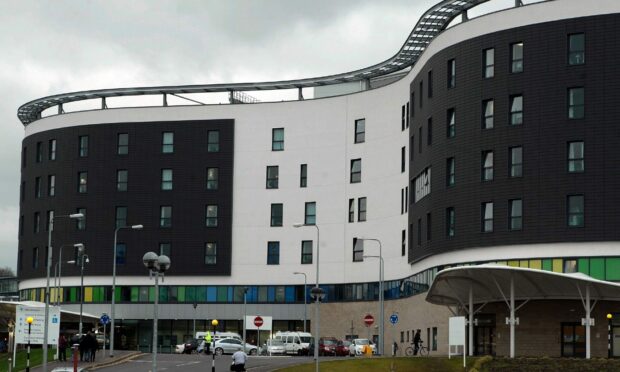
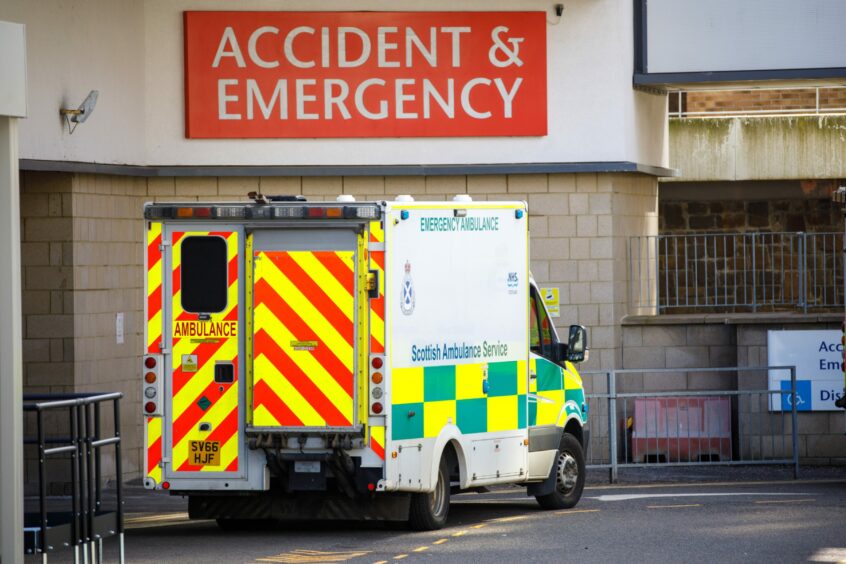

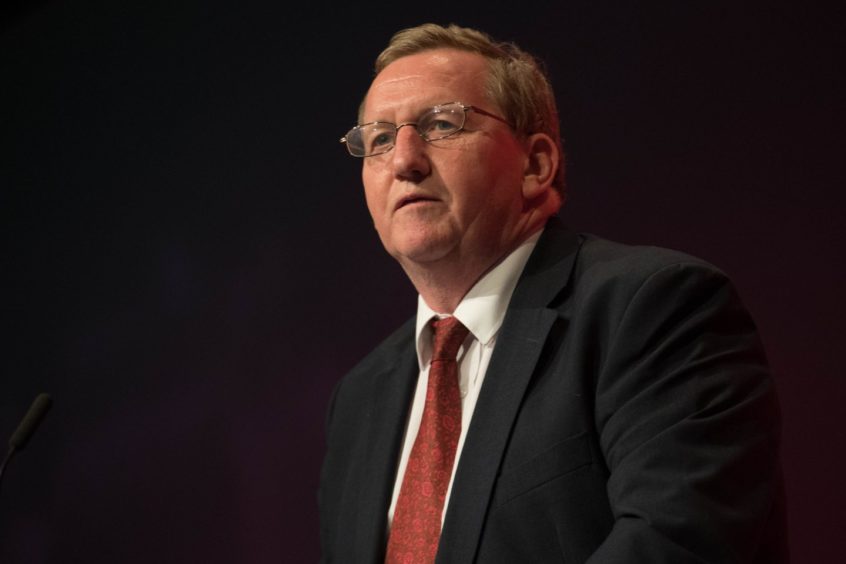
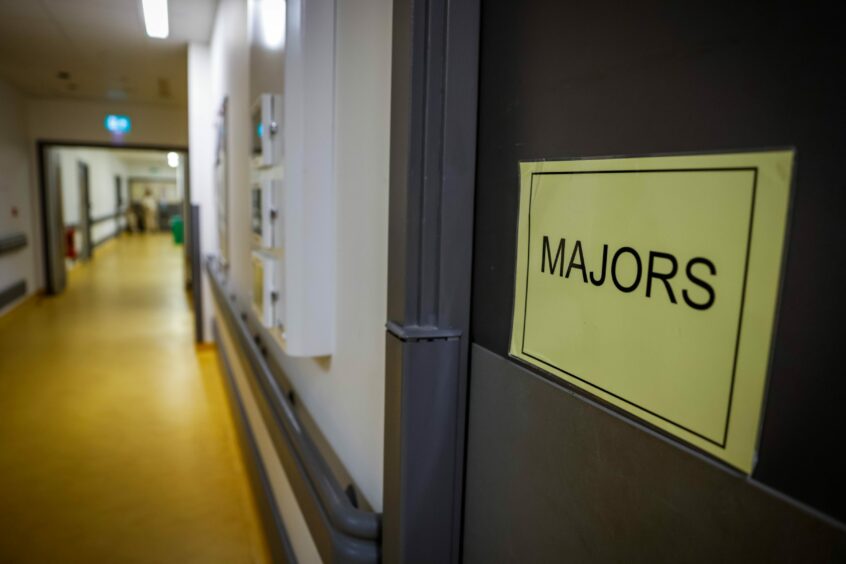
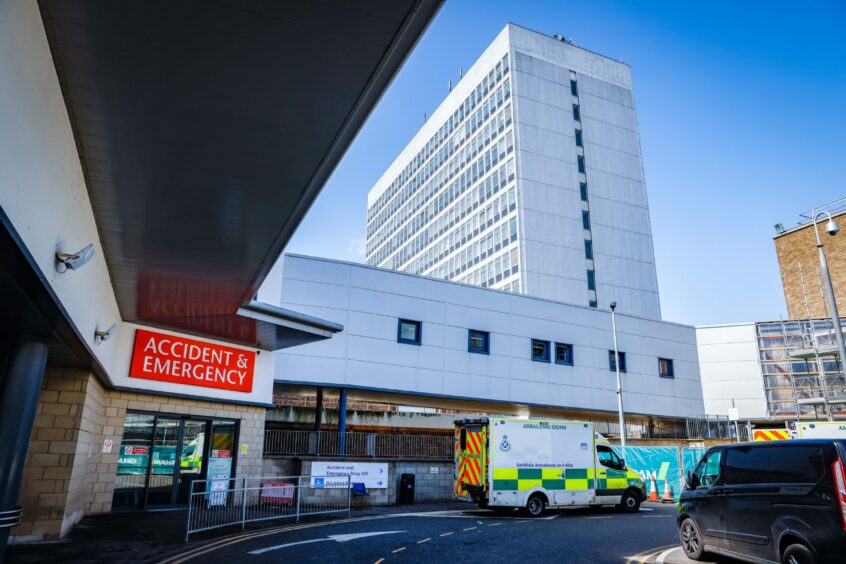









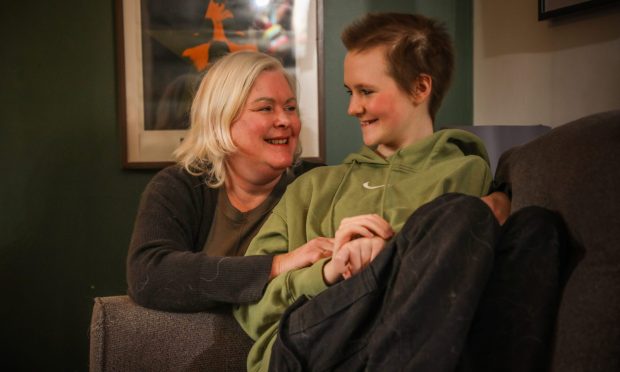
Conversation